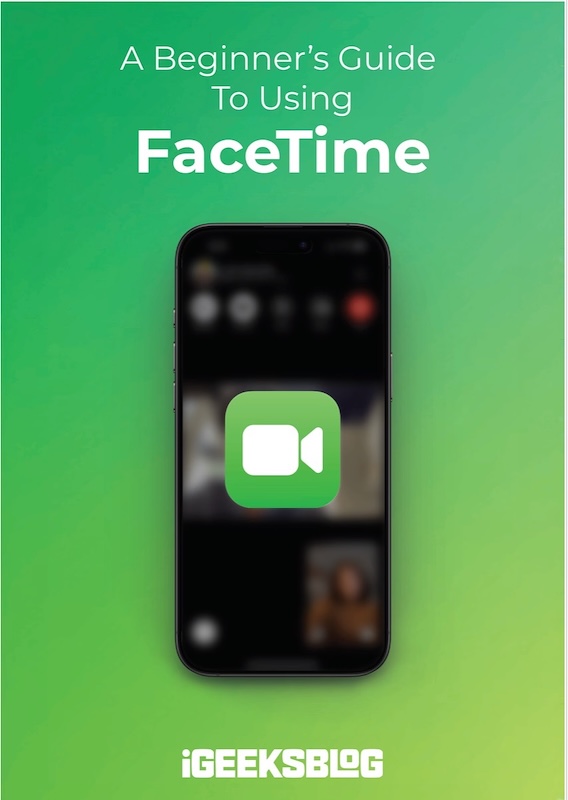
FaceTime Like a Pro
Get our exclusive Ultimate FaceTime Guide 📚 — absolutely FREE when you sign up for our newsletter below.

FaceTime Like a Pro
Get our exclusive Ultimate FaceTime Guide 📚 — absolutely FREE when you sign up for our newsletter below.
Share audio with ease—here’s how to connect both pairs in seconds.
Thanks to the Share Audio feature in iOS, sharing your favorite music, movies, or podcasts with your friend or partner is pretty straightforward on your iPhone. However, this feature doesn’t yet exist on a Mac.
Luckily, there’s a workaround that allows you to connect two sets of AirPods to a Mac and enjoy a similar experience. Dive in to learn how to connect two sets of AirPods to your Mac and enjoy synchronized audio output.
There are various scenarios when connecting two sets of AirPods to your Mac can be useful. You may do it when you want to:
Connecting and using two sets of AirPods with a single Mac simultaneously is a three-step process that requires minimal technical knowledge.
First things first, you must pair and connect both sets of AirPods to your Mac. To do so:


Even though you’ve successfully connected two sets of AirPods to your Mac, macOS only allows one active audio output device at a time. This means the audio will play through only one set of AirPods.
To play audio on both sets, you must create a Multi-Output Device using Audio MIDI Setup. Here’s how to do it:




This process tells your Mac to send audio to both AirPods simultaneously.
Creating a multi-device output alone won’t do the job; you must set it as your primary sound output. Here’s how you can do this:

Once done, your Mac will send audio to both sets of AirPods simultaneously.
Once you’re done using two AirPods simultaneously with your Mac, you can easily switch back to a single audio device. These are the steps you need to follow:
To disconnect one or both sets of AirPods, simply place them in the charging case and close the lid. However, if you don’t want one or both sets of AirPods to automatically connect with your Mac when you take them out of the charging case, you must make your Mac forget them. To do this:
Although creating a multi-device sound output has its benefits, it also has a few limitations and downsides:
Besides creating a multi-device sound output through the Audio MIDI Setup, there are a couple of other ways to share audio from your Mac with two people.
If your Mac has a 3.5mm headphone jack (or you’re using a USB-C to 3.5mm adapter) and you have two sets of wired headphones, a headphone splitter is the simplest option.
All you need to do is plug the splitter into your Mac’s headphone jack and connect two wired headphones to it. Once done, your Mac will deliver audio output through both headphones.
If you’re looking for a wireless solution without tweaking macOS settings, you can use a Bluetooth audio transmitter that supports dual pairing.
While Apple has yet to offer a native audio-sharing feature in macOS, this Audio MIDI setup trick is a neat workaround. Hopefully, Apple will one day bring built-in audio sharing to the Mac (maybe with macOS 16), but until then, this guide has you covered.
Tried this setup or found a better way to share audio on Mac? Let us know in the comments below.
FAQs
Yes, creating a multi-device audio output method works with compatible Beats headphones.
Yes, using a Multi-Output Device on your Mac can affect audio quality slightly. However, for most casual use cases like watching movies, listening to music, or sharing podcasts, the difference in sound quality is usually not noticeable.
No, you can’t use the microphone from either device when you’re using a Multi-Output Device on your Mac to connect two sets of AirPods, Beats, or other Bluetooth headphones.
Related articles worth reading: